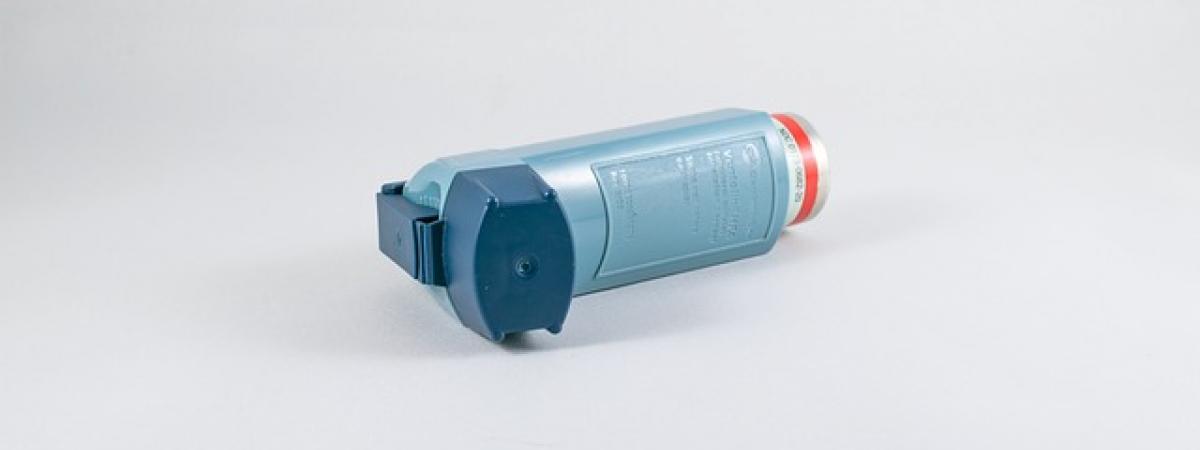All you need to know about inhalers

You take about 25,000 breaths a day, and are probably not aware of a single one—until asthma attacks. An inhaler may help, but which one should you take?
Gasping for air—from life’s first cry to final breath
As the newborn takes its heroic first breath, life floods into its body; as brilliant neurosurgeon Paul Kalanithi faced his death from cancer, he knew that, as he breathed his last his ‘breath would simply become air’ again. According to the Sanskrit Proverb, “breath is life, and if you breathe well, you will live long on earth”.
Breathlessness can be terrifying: asthma is a recurrent, reversible type of breathlessness, often accompanied by a wheeze and a night-time cough. It’s due to a narrowing of the smaller air passages (bronchioles) as they spasm or swell in response to an irritant such as pollen, dust or cold air.
Take a deep breath
First, breathe out fully, then a deep breath of an inhaler can combat the swelling or spasm in your airways.
‘Reliever’ inhalers work by opening up the bronchioles. ‘Preventer’ inhalers reduce the inflammation or swelling in the airways.
Doctors generally work through the following inhalers to manage asthma.
The blue one
This is a ‘reliever’ inhaler, designed to help breathing during an acute attack. It works in about 30 minutes and its effects can last up to 5 hours. The most common blue inhaler is salbutamol.
We’ve all heard of beta-blockers, prescribed to reduce blood pressure and anxiety by blocking the role of adrenaline in the heart (by binding to beta receptors on the heart, hence the name). Well, salbutamol works in the opposite way, simulating the effects of adrenaline. In the lungs, this leads to a welcome opening up of the airways.
An occasional side effect is therefore a slight increase in heart rate, and even a mild tremor after salbutamol is inhaled: generally speaking a small price to pay for easier breathing.
The brown one
This is a ‘preventer’ inhaler, working to reduce inflammation in the airways, making an asthma attack less likely. The most common brown inhaler is a steroid called beclometasone.
It was Solomon Solis-Cohen, a physician from Philadelphia, who discovered the anti-asthmatic potential of steroids in 1900 when he administered steroids derived from a cow’s adrenal gland to an asthmatic patient (another eccentric idea that paid off in medicine).
Steroid inhalers can increase the likelihood of oral thrush, so it’s important to wash your mouth out after and to use a spacer device to increase delivery of the drug into the lungs.
The green one
If asthma remains uncontrolled, the next stage is to add an inhaler containing a drug that works like salbutamol but has a longer duration of action (8-12 hours), such as salmeterol. It has been in use since 1990 and has found an important place in the management of asthma in combination with steroids, both usually being taken twice daily.
The purple one and the red one
The current ‘gold standard' of asthma therapy is a combination inhaler containing a long-acting drug like salmeterol with a steroid. Seretide (purple) and symbicort (red) are examples.
They are the most effective asthma therapies currently available and can cancel the need for all other inhalers, though the blue inhaler is sometimes co-prescribed.
Importance of inhalers
According to Asthma UK, inhalers can save lives, yet “up to a third of people with asthma aren’t using their inhaler in the right way”. Asthma is increasing in its incidence and severity – inhalers are here to stay.
